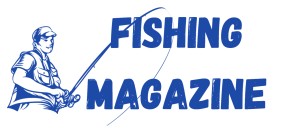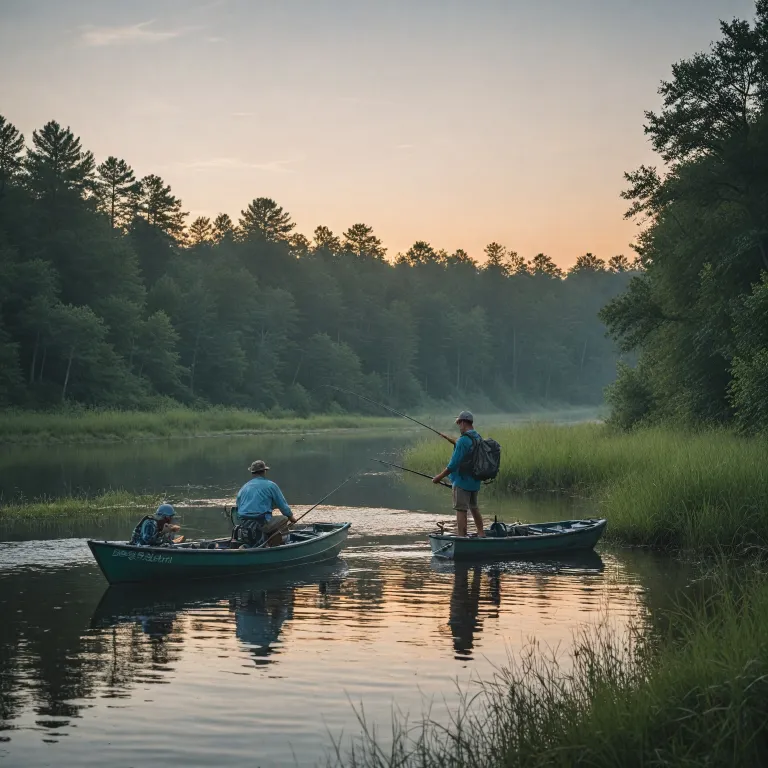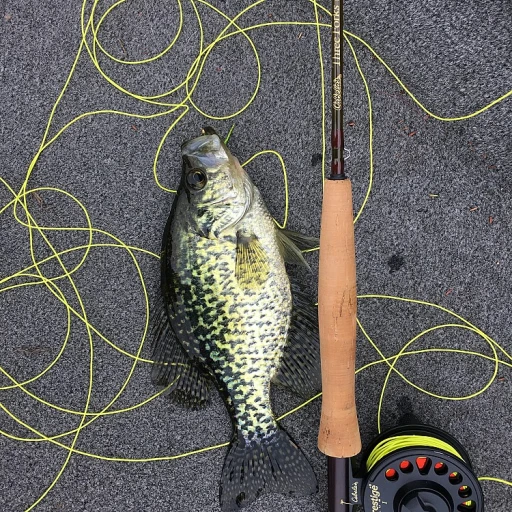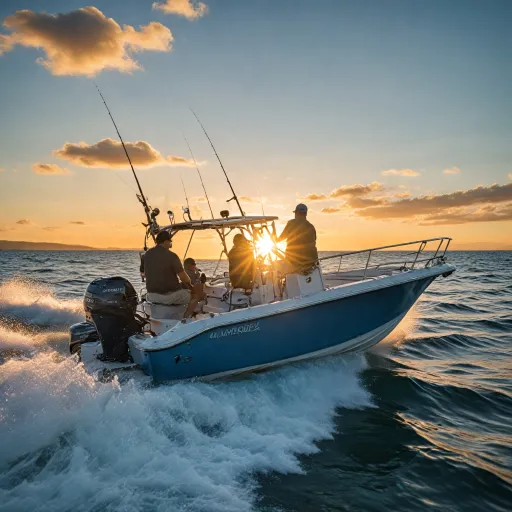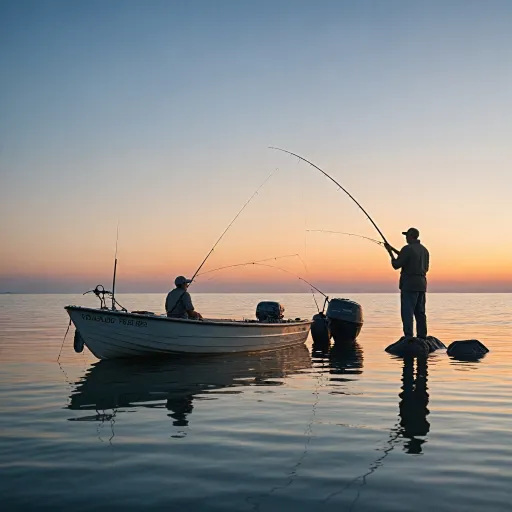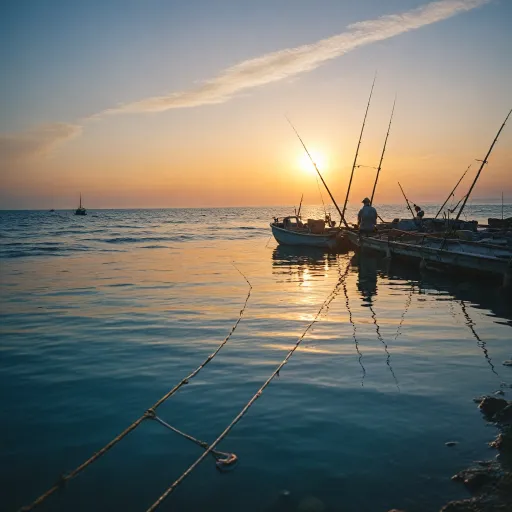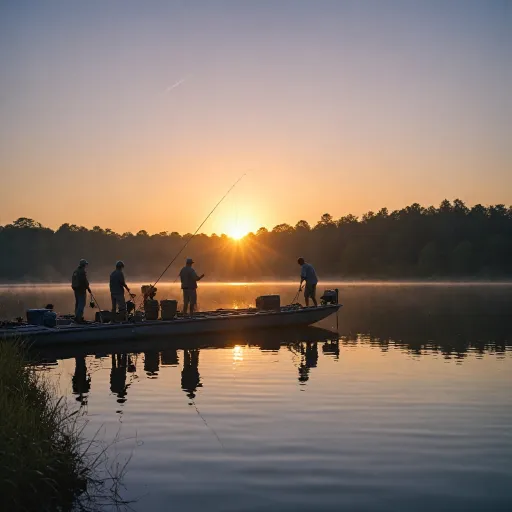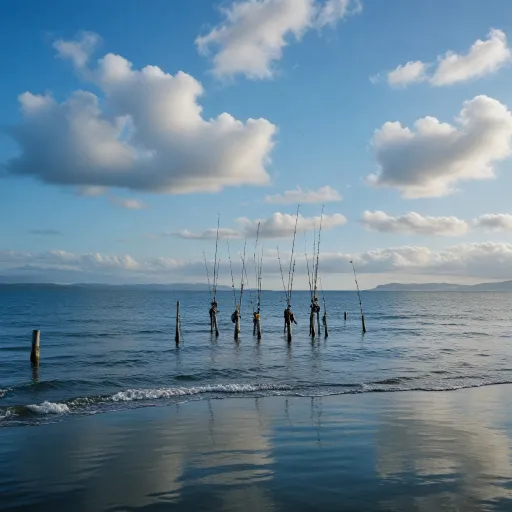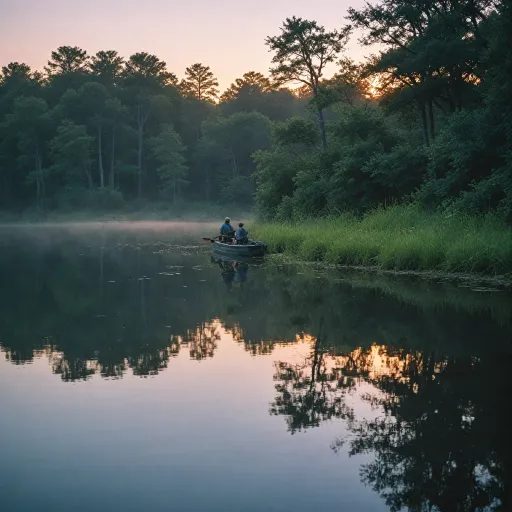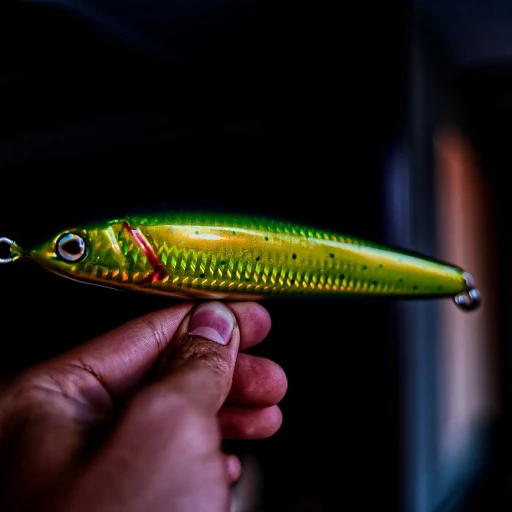
Understanding the unique needs of fly rodders
Why Fly Anglers Face Unique Challenges
Fly fishing is more than just casting a line—it's a craft that blends technique, patience, and a deep connection to the water. Whether you're stalking striped bass along the Long Island flats, chasing bass at night on the Potomac, or enjoying early spring sight fishing in England, fly rodders encounter situations that demand specialized gear. Unlike conventional fishing, fly fishing relies on the angler's skill to present a fly with precision, often in challenging conditions like saltwater winds or shallow summer flats.
Many club members and passionate anglers know that fly tying, gear selection, and adapting to different fishing waters are all part of the experience. The demands of saltwater fishing, for example, require corrosion-resistant reels and lines that can handle the power of a summer tom or a striped bass. Meanwhile, light tackle and fly light setups are essential for delicate presentations in spring sight fishing or when targeting wary fish in clear water.
- Fly tying is not just a hobby—it's a necessity for matching local hatches and conditions.
- Saltwater environments call for robust, specialized gear to withstand harsh elements.
- Night tying and fishing require visibility solutions and gear that performs in low light.
- Seasonal changes, from early spring to summer, mean gear must adapt to different species and water conditions.
Despite the passion and expertise within the fly fishing community, many anglers find that current products don't fully address these unique needs. This gap becomes clear when discussing with club members or scrolling through Instagram feeds filled with creative fly patterns and custom setups. The desire for gear that truly supports the fly fishing year, from flats in England to the rivers of the northeast, is a recurring theme.
For those interested in exploring the world of fly fishing combos, there are resources available that dive deeper into how the right gear can enhance your experience. Discover more about fly fishing combos here.
Current market offerings and their limitations
Where Standard Gear Falls Short for Fly Anglers
Walk into any fishing shop or browse online, and you’ll notice a sea of products labeled as "universal" or "all-purpose." While these might work for some, fly rodders often find themselves left out. The unique demands of fly fishing—whether it’s for striped bass on the Potomac, sight fishing on the flats of England, or chasing bass during a summer night tying session—require more than just generic gear.
Most current market offerings focus on traditional spinning or baitcasting setups. These products rarely address the specific needs of fly anglers, especially when it comes to:
- Weight and balance for fly rods and reels
- Specialized fly tying materials for saltwater and freshwater species
- Storage solutions for delicate flies and light tackle
- Durability in harsh environments like saltwater fishing on Long Island or early spring outings on cold rivers
For example, fly rodders targeting striped bass in saltwater need corrosion-resistant gear and fly lines designed for heavy currents. Yet, many "saltwater" products are made with conventional tackle in mind, not fly-specific needs. The same goes for fly tying kits—most are built for club members or beginners, not for those passionate about tying custom patterns for a specific fishing season or water type.
Another challenge is the lack of innovation in storage and transport. Fly anglers often carry multiple rods, reels, and boxes of flies, especially during a busy fishing year or when attending a night tying meeting. Generic tackle boxes simply don’t protect delicate flies or accommodate the unique shapes of fly rods.
For a deeper dive into why fly line selection is so critical for fly rodders, check out this resource on understanding the essentials of fly line for anglers.
Ultimately, while the market is flooded with fishing gear, there’s a clear gap when it comes to products tailored for the fly fishing community. This gap becomes even more apparent for those who fish diverse waters—from the flats of England summer to the rivers of spring sight fishing. The passion and expertise of fly anglers deserve gear that matches their commitment.
The impact of generic gear on fly fishing experience
The downside of using generic fishing gear for fly anglers
When fly rodders head out for a day on the water, whether it's the Potomac River, the flats of England, or the saltwater fishing grounds off Long Island, the right gear can make or break the experience. Many recreational fishing products are designed for broad appeal, but this approach often leaves fly fishing enthusiasts—especially those with a passion for fly tying and sight fishing—struggling to find equipment that truly fits their needs.
Generic gear, while sometimes marketed as versatile, tends to fall short in several key areas:
- Performance mismatch: Fly rods and reels require a unique balance of weight, flexibility, and sensitivity. Using standard light tackle or bass fishing gear can make it difficult to present a fly delicately, especially during early spring sight fishing or when targeting striped bass at night.
- Limited adaptability: Fly fishing waters vary greatly—from summer flats in England to saltwater environments. Generic products rarely offer the corrosion resistance or specialized features needed for saltwater fly fishing, nor do they cater to the subtle demands of night tying or spring sight sessions.
- Reduced enjoyment: The passion for fly fishing is often about the details—custom fly tying, the thrill of a club meeting, or sharing a great catch on Instagram. When gear doesn't support these aspects, it can dampen the fishing year and leave club members less engaged.
For those who spend their season chasing striped bass or exploring new fishing flats, the gap in specialized gear is clear. The lack of category-specific products not only impacts performance but also the overall enjoyment and sense of community among fly rodders. As highlighted in this article on how bait master tools are changing recreational fishing, innovation tailored to specific fishing styles can transform the angling experience. The same principle applies to fly fishing—without the right tools, even the most skilled anglers can feel limited.
What fly rodders are really looking for in products
What Drives Fly Rodders When Choosing Gear?
Fly rodders are a passionate group, often driven by a deep connection to their fishing waters, whether it’s the flats of New England summer or the tidal flows of the Potomac River. Their needs are shaped by the unique challenges of fly fishing, from early spring sight fishing for striped bass to night tying sessions preparing for a summer tom run. Unlike other anglers, fly enthusiasts look for gear that supports their specific techniques, such as light tackle for saltwater fishing or specialized fly tying tools for crafting patterns that work in both freshwater and saltwater environments.
Key Features Fly Anglers Value
- Precision and Sensitivity: Fly rods and reels must offer delicate presentation, especially when targeting wary bass or sight fishing on clear flats. Generic gear often lacks the finesse required for these conditions.
- Durability in Harsh Environments: Saltwater fly fishing demands corrosion-resistant materials. Many fly rodders fish year-round, from spring sight fishing to late season striped bass runs, so their gear must withstand changing conditions.
- Customization: Fly tying is not just a hobby but a necessity. Anglers want tools and materials that allow them to adapt to local hatches, water clarity, and target species, whether on Long Island or the flats of England.
- Portability and Organization: Club members and traveling anglers appreciate compact gear that’s easy to transport and organize, especially for night tying events or early morning sessions.
- Community and Learning: Many fly rodders engage with clubs, Instagram communities, and local meetings to share techniques and gear recommendations. They value products that foster this sense of connection and passion.
What’s Missing in Current Offerings?
Despite the great advances in recreational fishing products, many fly rodders feel that current market offerings are too generic. There’s a gap in products designed specifically for the nuanced needs of fly fishing, from specialized fly light tackle to gear that supports both tying and fishing in diverse conditions. Anglers want products that reflect their passion and the realities of their fishing year, whether they’re chasing striped bass at night or exploring new waters in early spring. Brands that listen to these needs and innovate accordingly will stand out in a crowded market.
Challenges in developing category-specific products
Barriers to Creating Truly Specialized Fly Fishing Gear
Developing gear that meets the specific demands of fly rodders is no small feat. The fly fishing community is diverse, with anglers targeting everything from striped bass in saltwater flats to trout in early spring rivers. This variety means that one-size-fits-all solutions rarely satisfy the nuanced requirements of passionate club members or those who spend their fishing year exploring different waters, from the Potomac to Long Island.
- Technical Complexity: Fly fishing gear, especially for saltwater fishing or sight fishing on flats, must balance weight, durability, and performance. Creating rods, reels, and lines that handle both light tackle and the power of a summer tom or bass at night is a technical challenge for manufacturers.
- Cost of Innovation: Investing in research and development for category-specific products, such as fly tying tools or gear for night tying sessions, can be expensive. Brands may hesitate if the market seems niche compared to broader fishing categories.
- Market Fragmentation: Fly rodders’ preferences vary by region and season. Anglers in England summer flats have different needs than those fishing the Potomac in spring sight conditions. This fragmentation makes it tough for brands to predict demand and scale production efficiently.
- Feedback Loops: While social platforms like Instagram help anglers share their passion and connect with club members, translating this feedback into actionable product improvements is not always straightforward. The gap between what fly rodders want and what’s available persists, especially for those who tie their own flies or seek specialized gear for striped bass or water tom adventures.
Ultimately, the challenge lies in understanding the real-world scenarios fly rodders face—whether it’s the unique demands of saltwater fly fishing, the intricacies of tying for specific species, or the need for reliable gear during a night on the river. Brands and retailers must listen closely to the community and invest in solutions that address these evolving needs, ensuring every member can enjoy a great season on their favorite fishing waters.
Opportunities for brands and retailers
Unlocking Growth Through Fly Fishing Innovation
For brands and retailers, the world of fly fishing is more than just rods and reels—it's a passionate community with unique needs. The gap between generic fishing gear and what fly rodders truly want is an opportunity waiting to be seized. As discussed earlier, fly anglers face challenges with one-size-fits-all products, especially when targeting species like striped bass on the Potomac or sight fishing on the flats of England during early spring.
By focusing on specialized gear, companies can build credibility and loyalty among club members and seasoned anglers alike. Here’s how brands can make a real impact:
- Listen to the Community: Engage with fly fishing clubs, attend night tying sessions, and monitor Instagram conversations. Understanding the passion and pain points of fly rodders—whether they're tying flies for summer tom or planning a saltwater fishing trip to Long Island—can guide product development.
- Design for Specific Waters: Products tailored for fishing waters like the Potomac River or flats in England summer can address the nuances of each environment. Light tackle for spring sight fishing or durable gear for saltwater conditions will resonate with anglers who demand performance.
- Support Year-Round Fishing: Fly rodders fish throughout the fishing year, from early spring to late night tying sessions. Offering versatile gear that adapts to changing seasons and conditions—like fly light rods for bass or specialized tying materials for striped bass—can set a brand apart.
- Educate and Inspire: Sharing expert advice on fly tying, gear selection, and local fishing tips helps build trust. Hosting club meetings or online workshops can foster a sense of community and keep members engaged all season.
Retailers who stock category-specific products and offer knowledgeable service will become go-to destinations for passionate fly anglers. By addressing the real needs of the fly fishing community, brands can turn challenges into great opportunities for growth and loyalty.
